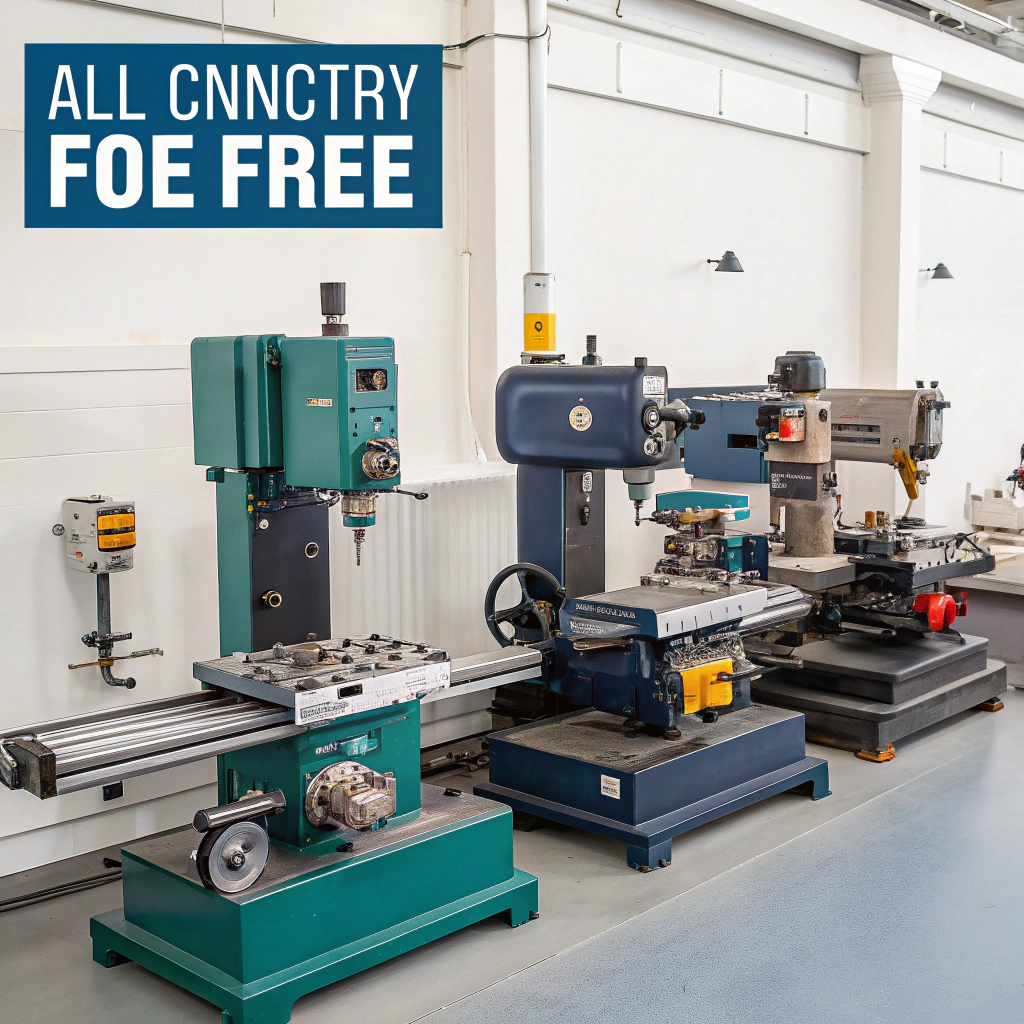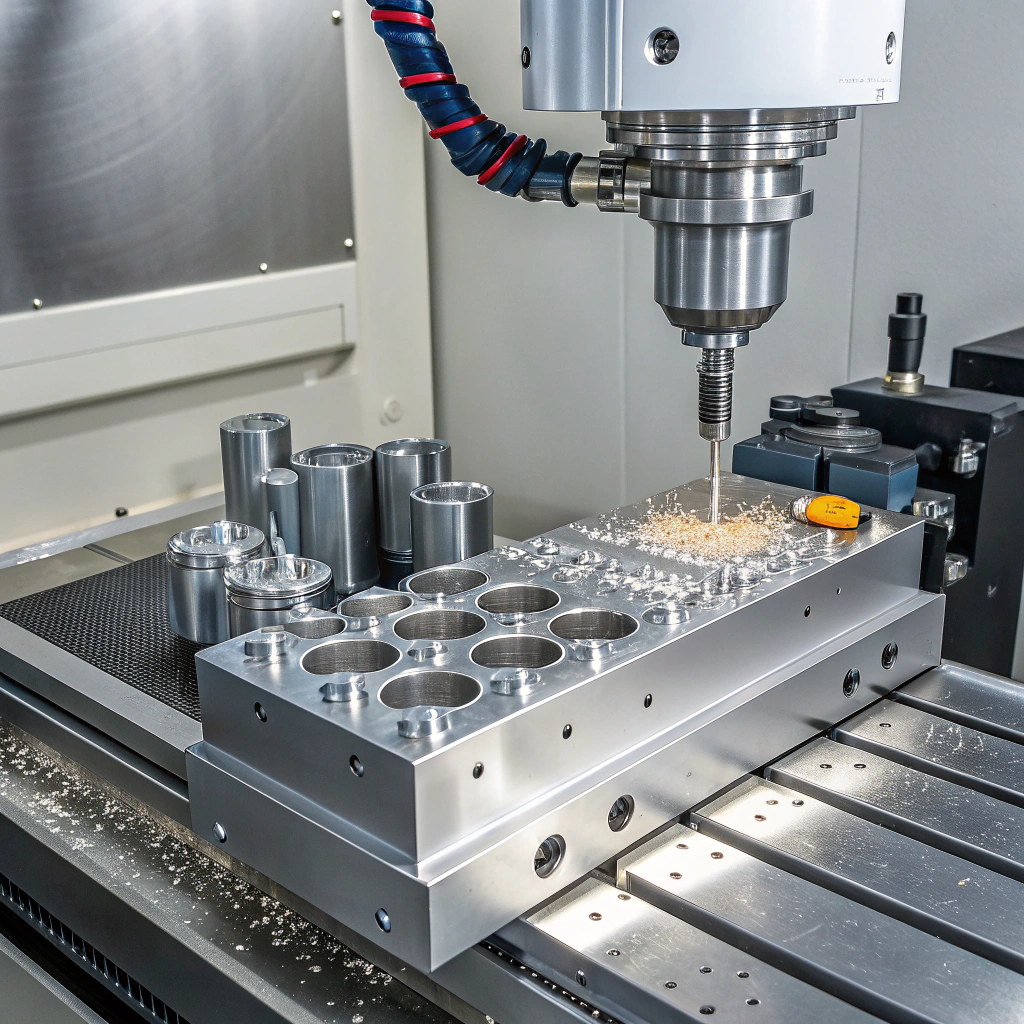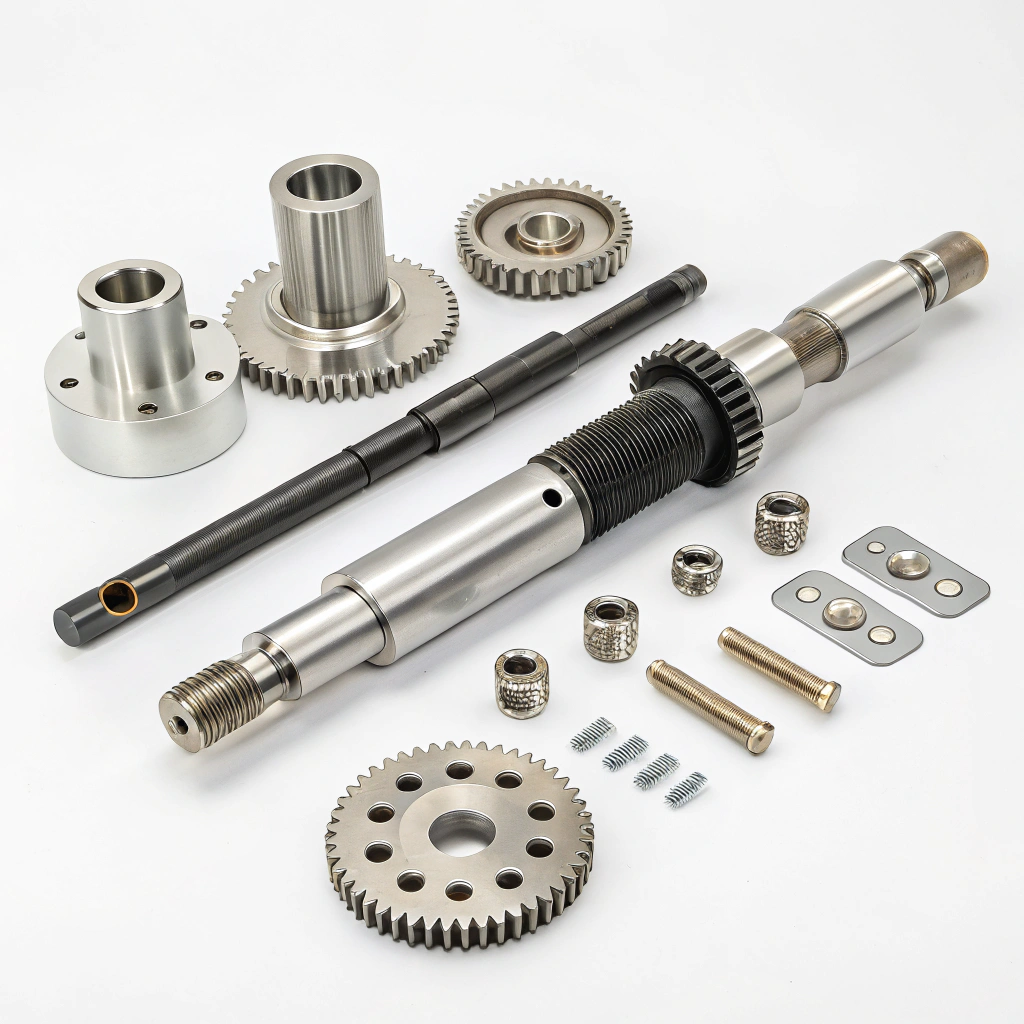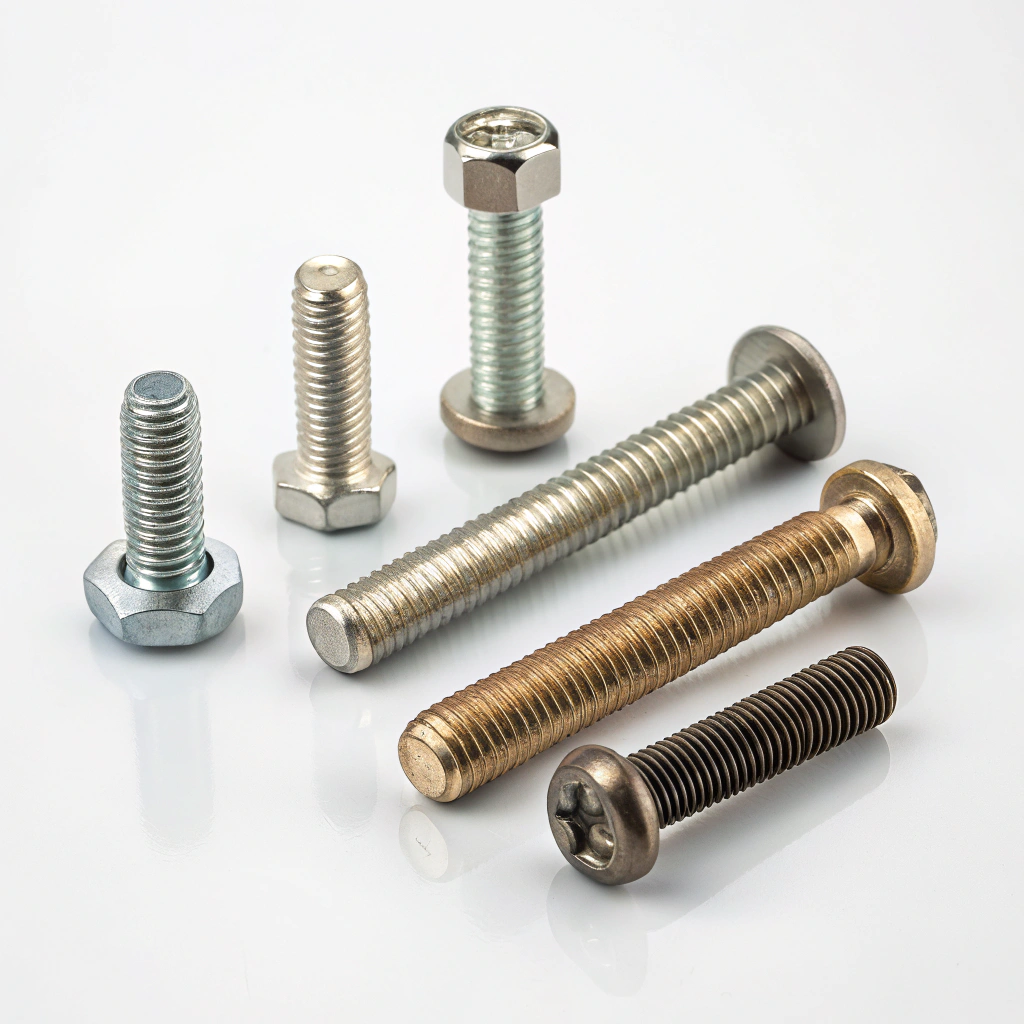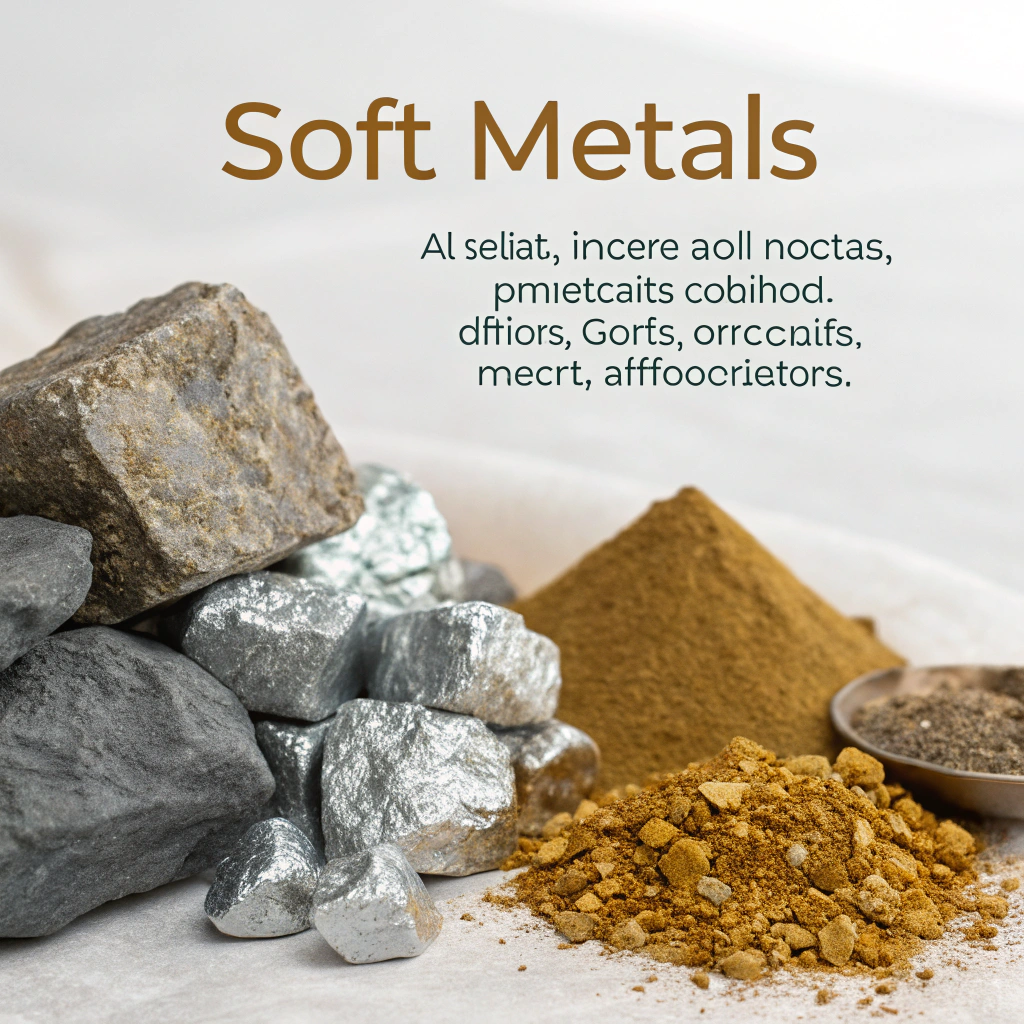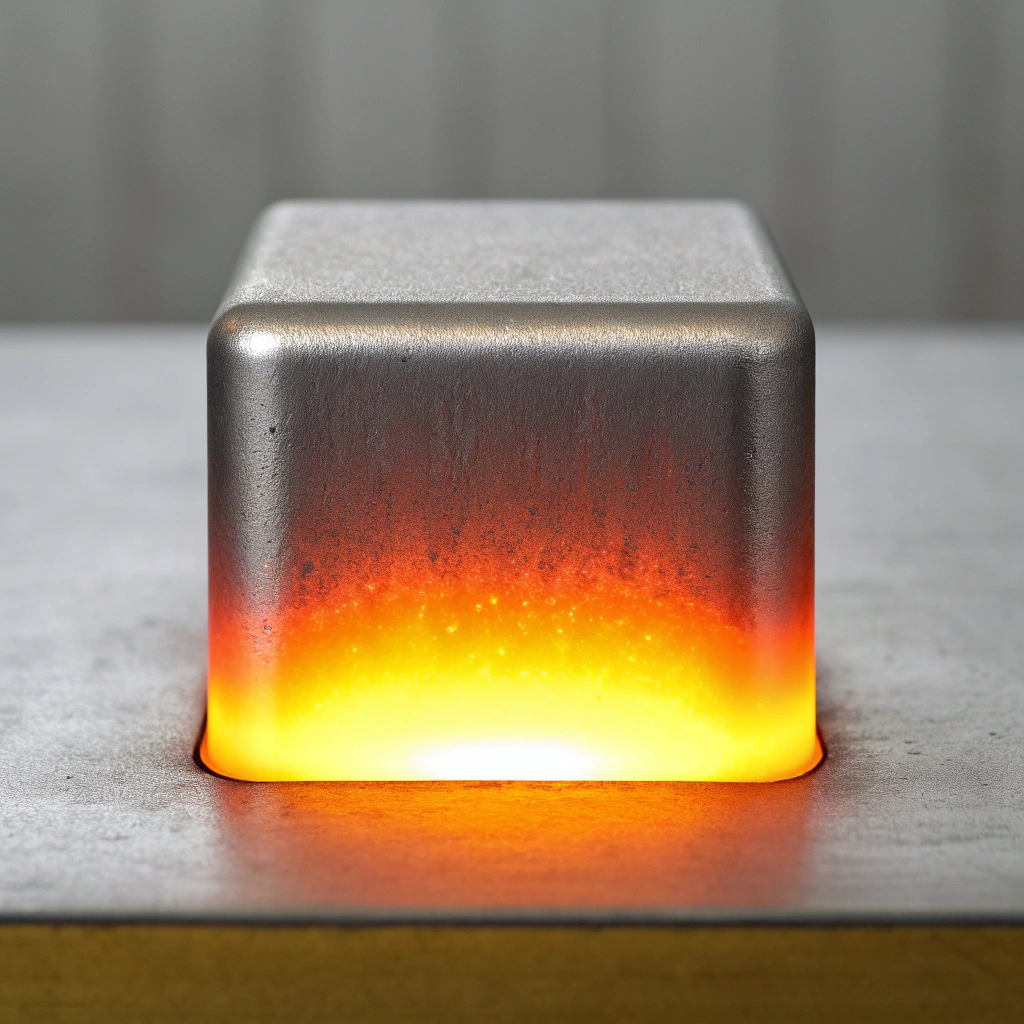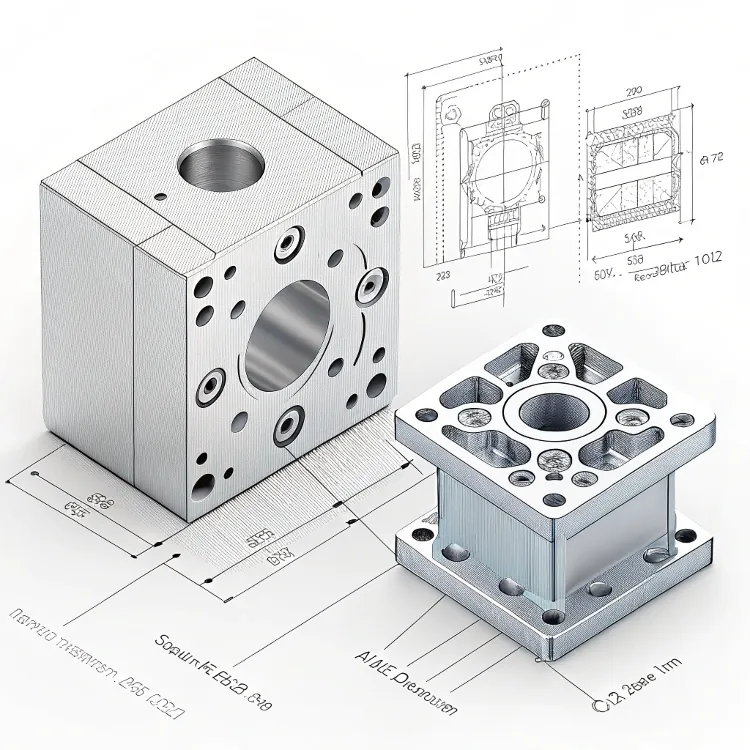
CNC aluminum machining seems affordable at first glance, but prices vary widely. Some quotes come in at $10, others at $200. It can be confusing without understanding what drives the cost.
CNC aluminum machining can cost from $30 to over $200 per part, depending on size, complexity, quantity, and finish requirements.
When I started sourcing CNC parts, I was surprised by the range in pricing. Then I realized it’s not just about material—setup, precision, and post-processing matter just as much. Let’s break it down.
What factors affect CNC aluminum machining cost?
The cost depends on more than just the raw aluminum. Setup time, machine type, and even part geometry affect the final price.
Main cost drivers include part complexity, tolerances, surface finish, quantity, material type, and post-processing needs.
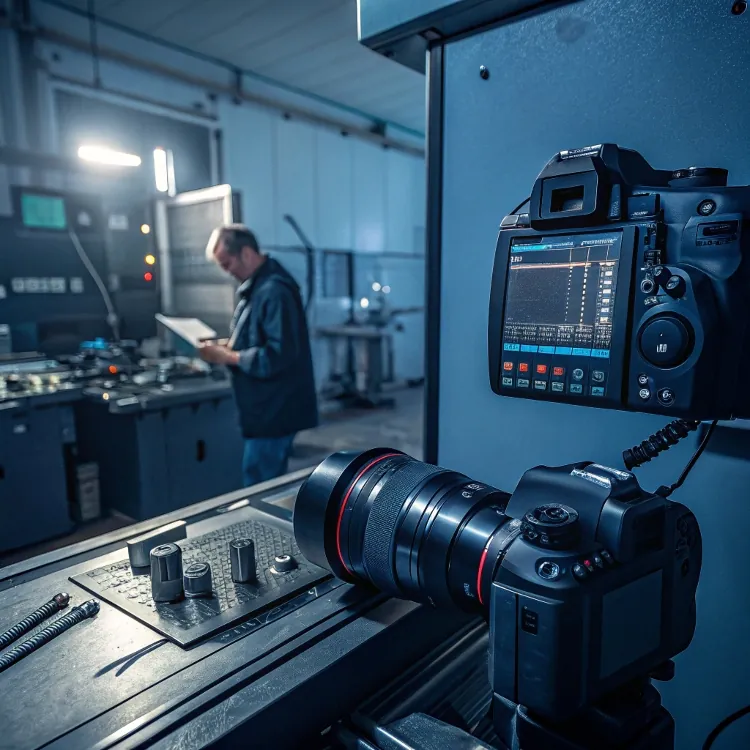
For example, a simple bracket with standard holes might only cost $40. But a custom housing with fine detail and tight tolerances could cost $150+. It also changes based on machine time and tooling.
Key Cost Factors
| Factor | Impact on Cost | Notes |
|---|---|---|
| Part Size & Shape | High | Large or irregular shapes need more setup |
| Tolerance Requirements | High | Tight tolerances increase machining time |
| Surface Finish | Medium to High | Anodizing, polishing, bead blasting add |
| Material Grade | Medium | 7075 is more expensive than 6061 |
| Quantity | High (per part drops) | More parts = lower cost per unit |
| Setup Complexity | High | More fixtures = longer prep time |
I learned that communication matters too. If I don't explain what's critical and what isn't, the shop might over-machine and increase cost.
How much does prototyping aluminum CNC typically cost?
Prototypes can be costly. I often pay a premium for just one part, especially when there's custom fixturing or special finishing.
A single aluminum CNC prototype usually costs between $80 and $300, depending on complexity and urgency.
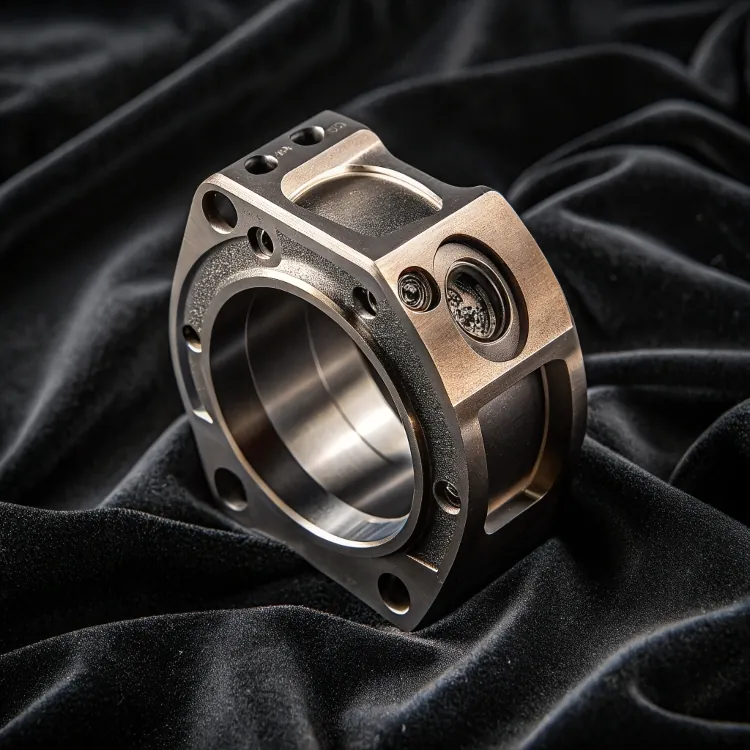
In most of my prototype runs, the high cost isn’t the material—it’s the labor. Shops spend time setting up machines, programming CAM paths, and testing cuts. That fixed cost gets spread over one part.
If I need fast delivery, the cost goes up. Some shops offer express services, but they charge for rush jobs, sometimes 1.5–2x normal rates.
Cost Range for Prototyping
| Prototype Type | Price Range (USD) | Notes |
|---|---|---|
| Simple Bracket | $80–$120 | Single setup, basic 2D features |
| Housing/Enclosure | $150–$250 | 3D profiles, tight tolerance holes |
| Cosmetic Display Piece | $180–$300+ | Polished finish, complex shapes |
For small runs of 2–10 parts, the unit cost drops a little. But the real drop comes at 20+ parts when setup costs spread wider.
How can you reduce CNC aluminum machining expenses?
Aluminum machining doesn’t have to break the bank. I’ve found many small changes in design and communication can cut costs without sacrificing quality.
To reduce costs, I simplify part designs, increase order quantities, loosen non-critical tolerances, and choose standard finishes.
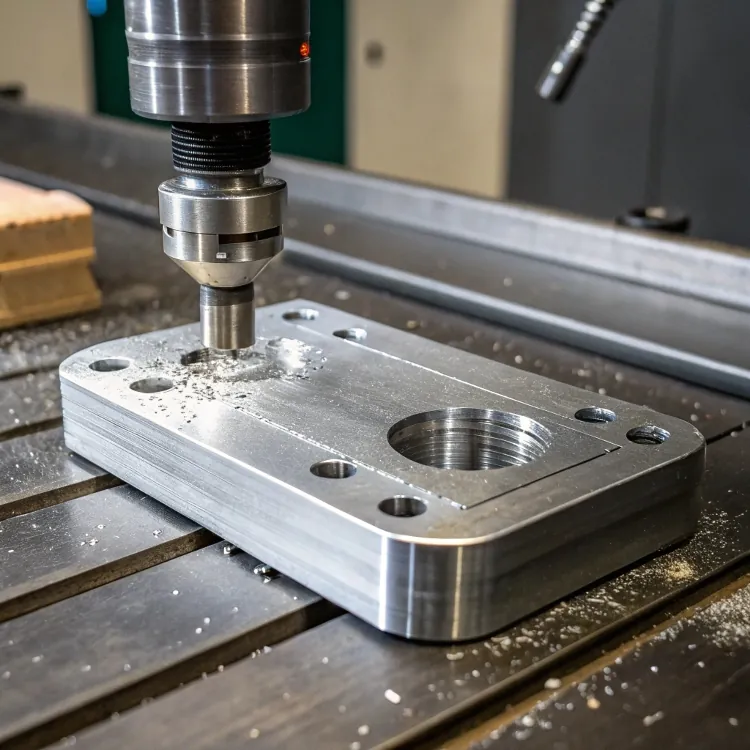
I avoid undercuts and internal corners that need special tools. Rounded corners are cheaper. Also, when I specify ±0.01 mm on everything, prices go up. I now mark only critical areas with tight tolerances.
Sometimes, switching from 7075 to 6061 saves 10–20% on material and machining time. For surface finish, if anodizing isn’t needed, I leave parts as-machined for prototypes.
Tips to Lower CNC Aluminum Costs
- Combine parts into one setup if possible
- Use stock sizes and common hole diameters
- Ask for feedback from machinists on cost-saving
- Don’t request finishing unless it’s needed
- Batch orders with similar materials and setups
Talking directly with a machinist helps. I always ask if my part could be made cheaper with small tweaks—they often suggest faster ways.
Is aluminum CNC machining more expensive than plastic?
At first, I thought aluminum would be cheaper because it's stronger and more common. But plastics can be much cheaper, depending on the part and quantity.
Yes, CNC machining aluminum is usually more expensive than plastic due to tool wear, material hardness, and machining time.
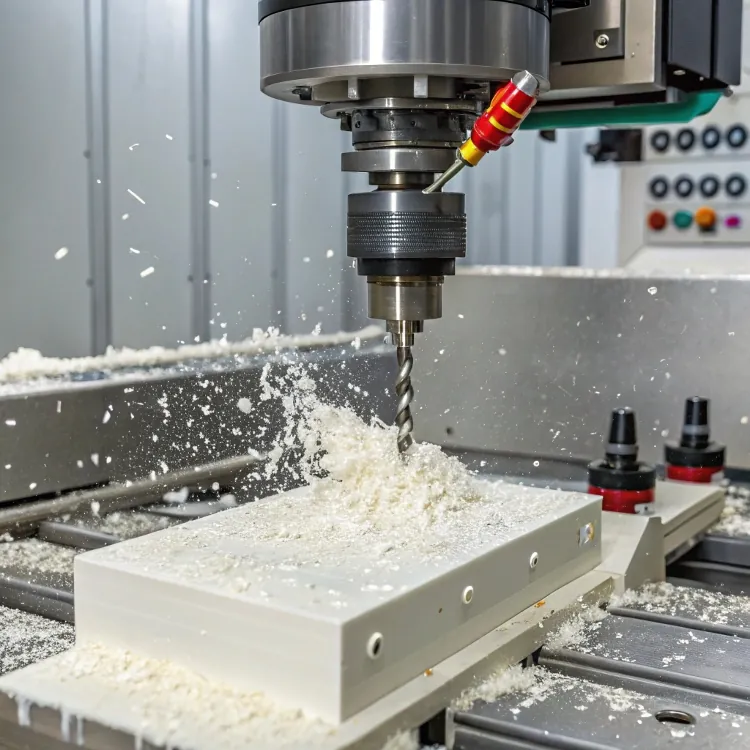
Plastics like ABS, Delrin, and Nylon cut much faster. They don’t need coolant and don’t wear out tools as quickly. This makes machining time shorter and tool life longer.
Aluminum, while more rigid, takes longer to cut cleanly. The surface finish also matters more with metals. For aesthetic or functional parts, I often still choose aluminum, but at a cost.
Cost Comparison: Aluminum vs Plastic CNC
| Material | Machine Time | Tool Wear | Cost per Part (Simple) | Notes |
|---|---|---|---|---|
| ABS | Fast | Low | $20–$50 | Good for quick prototypes |
| Nylon | Fast | Medium | $30–$60 | Slightly flexible |
| Delrin | Medium | Low | $40–$70 | Great surface finish |
| Aluminum | Slower | High | $60–$150+ | Strong, aesthetic, durable |
So while plastic is cheaper, aluminum often performs better in real use. I decide based on how strong and heat-resistant the part needs to be.
Conclusion
CNC aluminum machining costs depend on design, quantity, and finish. With the right strategy, I can control expenses and still get high-quality parts.

